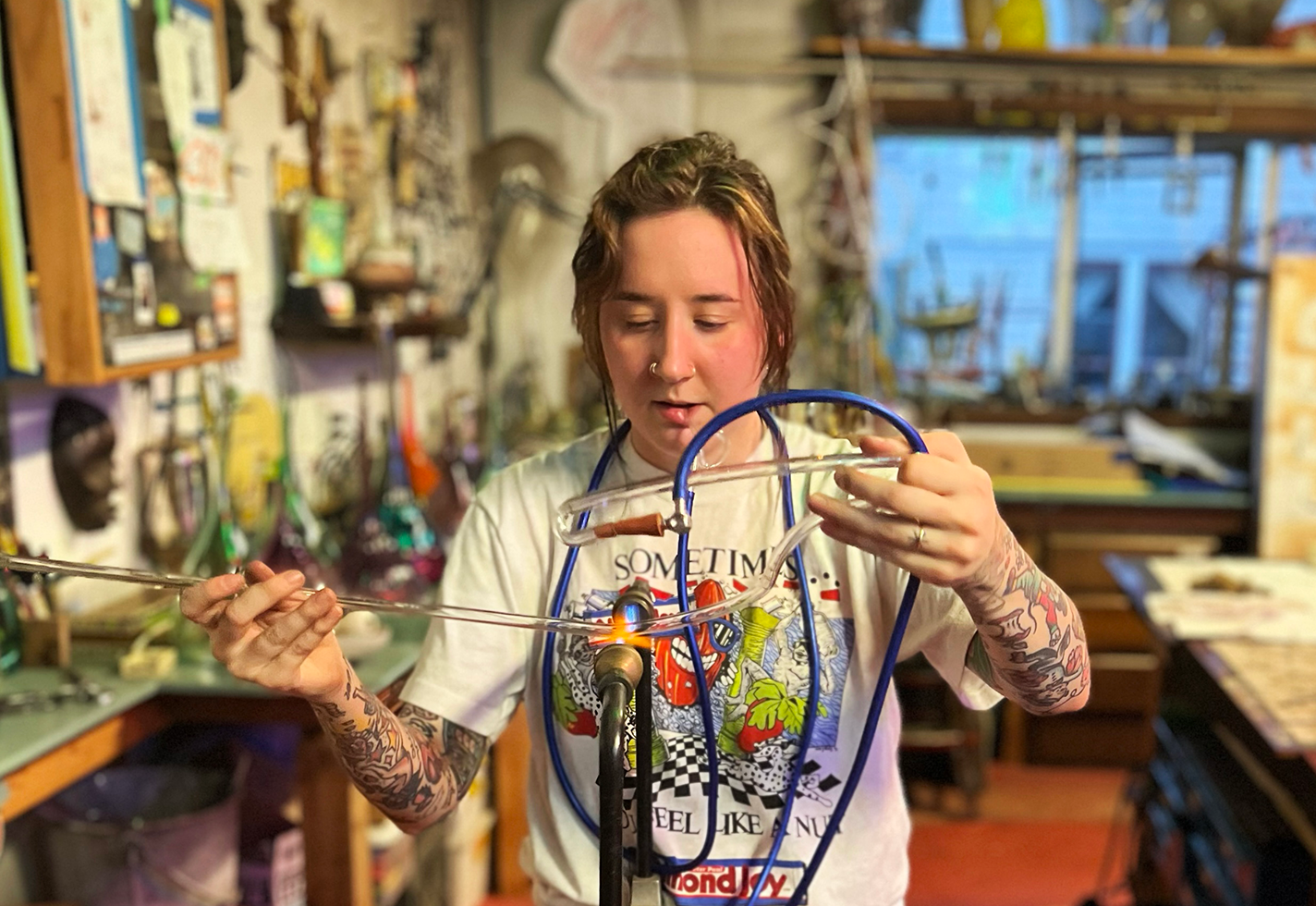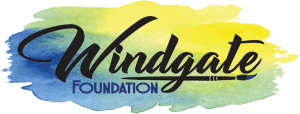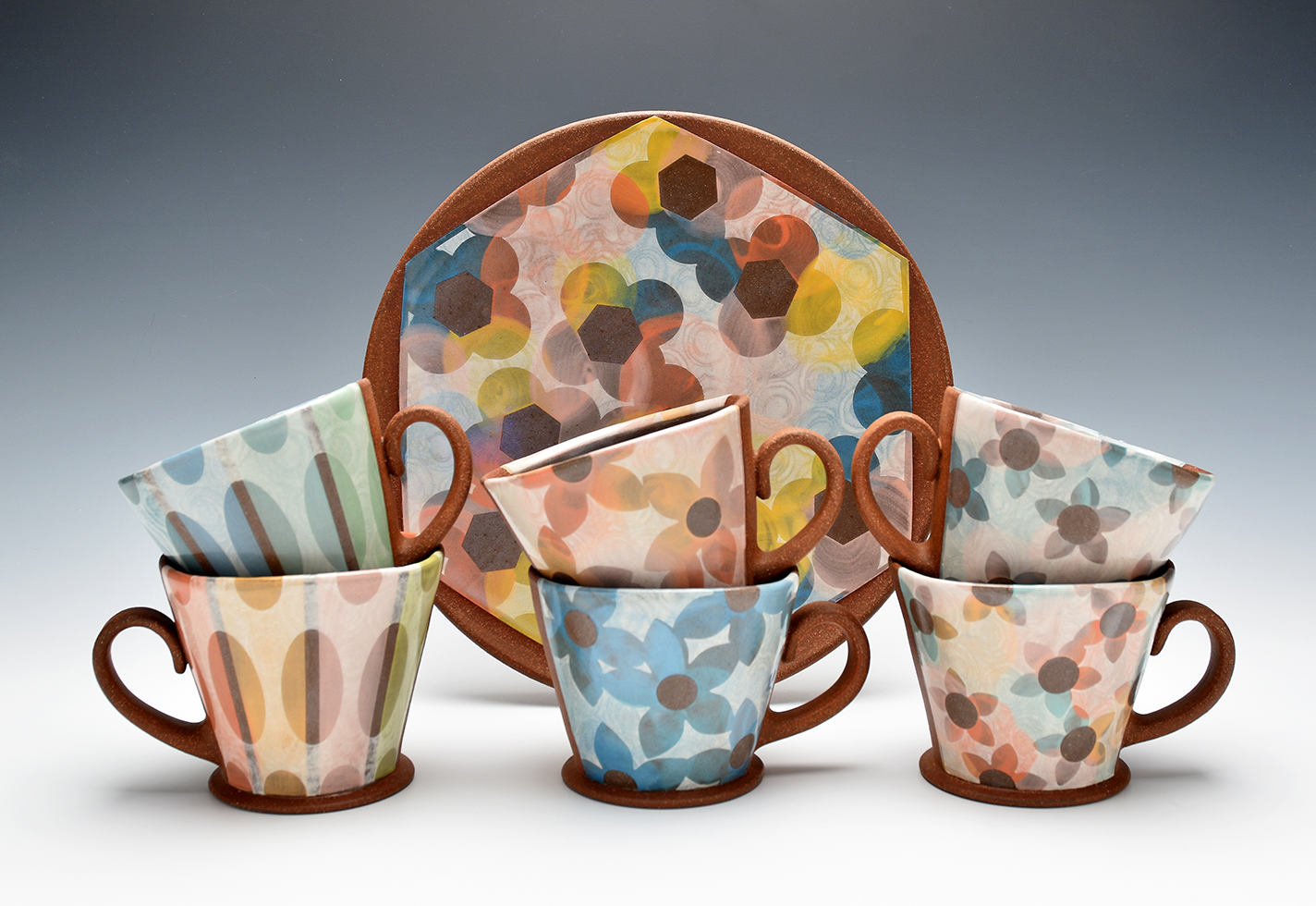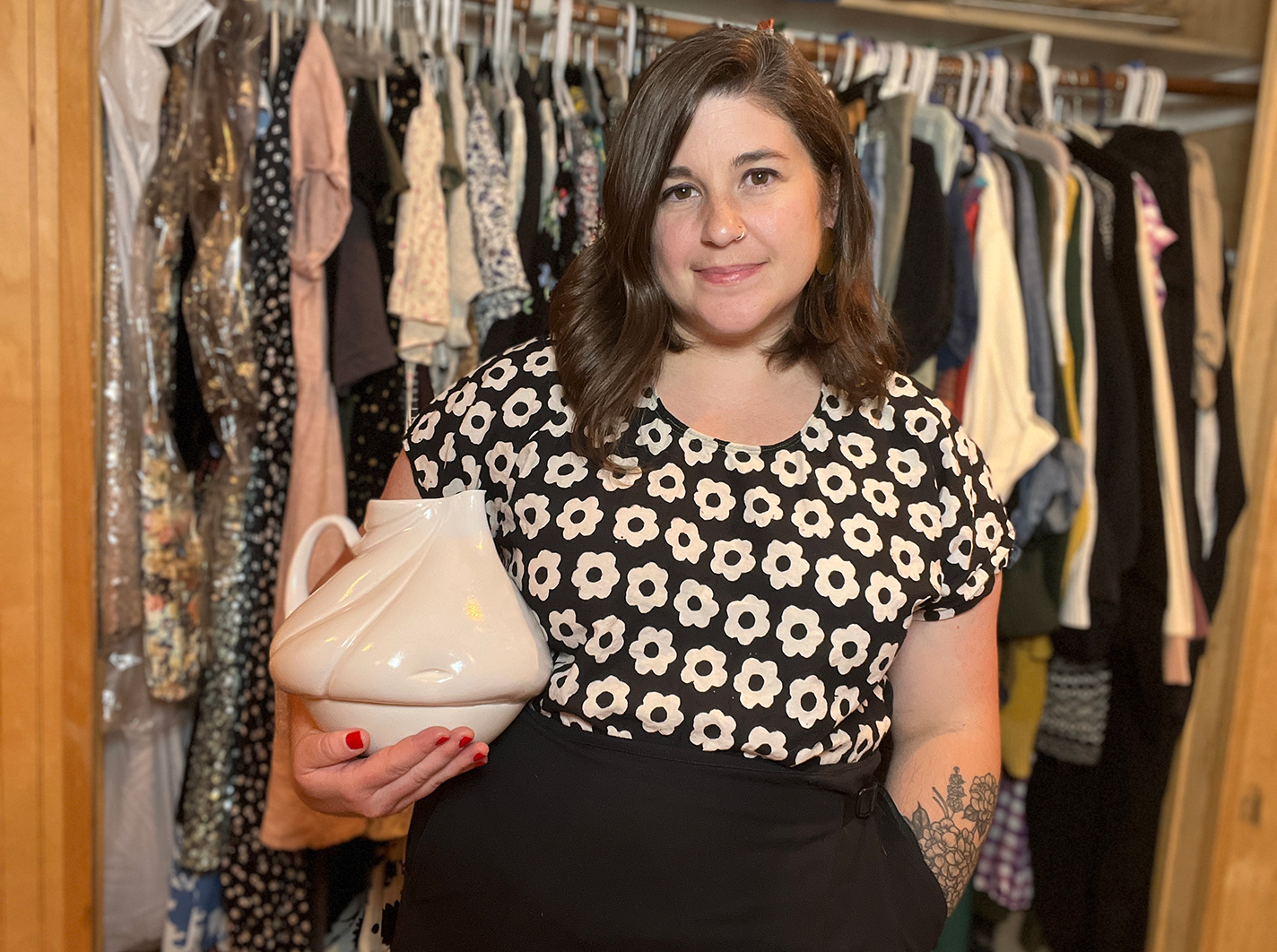Dani Kaes’s passion for neon may have been preordained.
“I think I was destined to do something with glass,” says the Seattle-based neon artist. “My first memory is of a glass vase falling on my foot at like 18 months old, and I suppose that just triggered something.” Kaes came of age in the Hilltop Artists glassblowing program in nearby Tacoma, which she enrolled in at 15. There she learned from instructors Trenton Quiocho and Jessica Hogan and met a lifelong community of glass artists. Now a full-time neon bender at Seattle’s National Sign Corporation, she has also exhibited at Pilchuck Glass School and the Museum of Glass and has taught and demonstrated at Pilchuck, the Museum of Neon Art, and the Glass Art Society. Kaes’s exuberant embrace of neon kicks off Jon Spayde’s “A Neon Renaissance,” a deep dive into women and nonbinary artists innovating in the art form, in the Spring 2025 issue of American Craft.
How do you describe your work or practice?
My philosophies can be summed up with a short but important list: be community-first, stay DIY forever, don’t gatekeep, create opportunities for others where you can, pass the torch, tell others you love them when you can, and pay attention to when someone cares about what you’re doing. My biggest sources of artistic inspiration include the Las Vegas airport, Saturday morning cartoons, the works of Albert Camus, and bowling alley carpets.
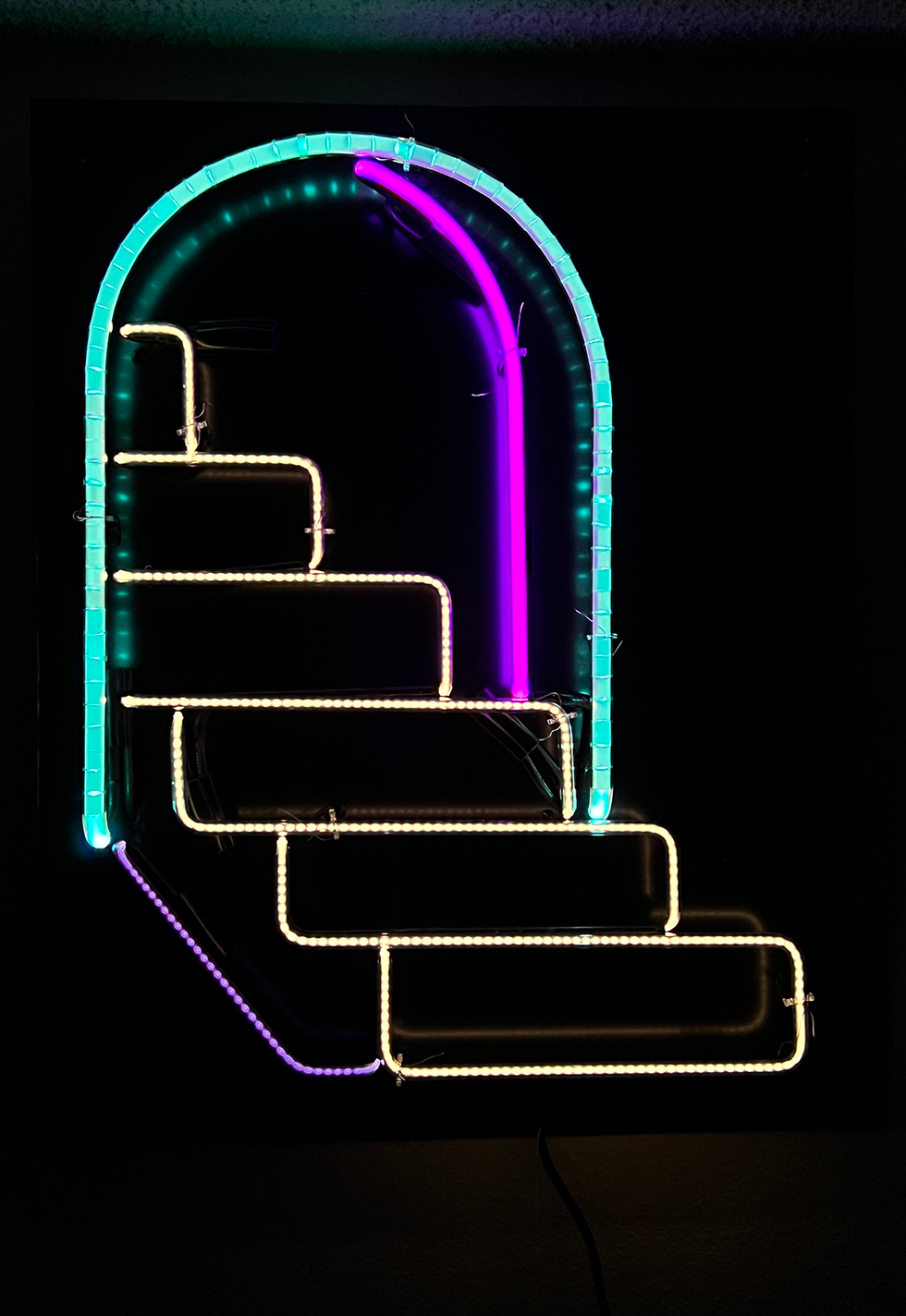
Doors to Nowhere Often Exit to Somewhere, 2024, neon, recycled tubing, composite backer, 27 x 22 in.
